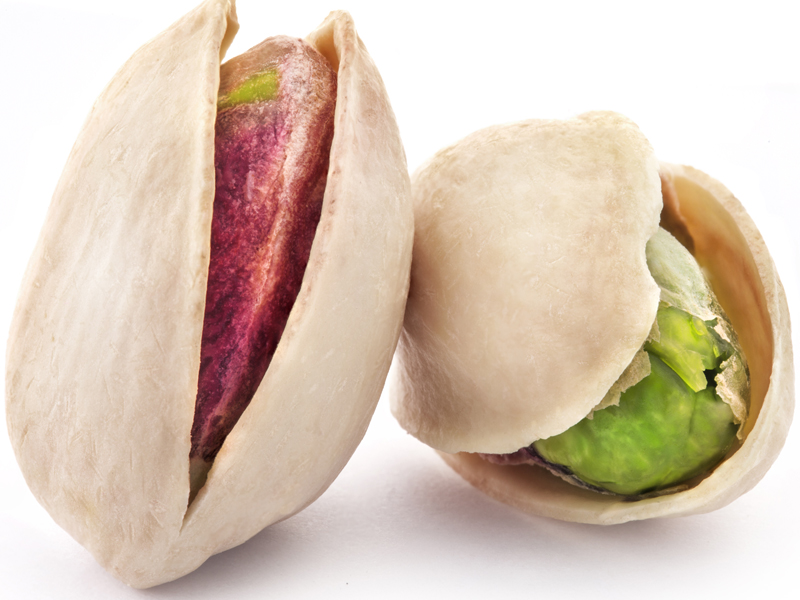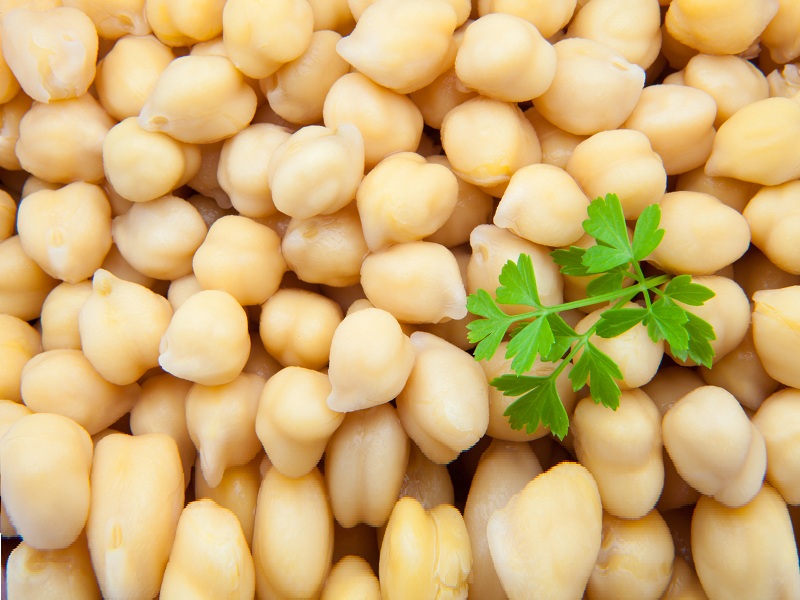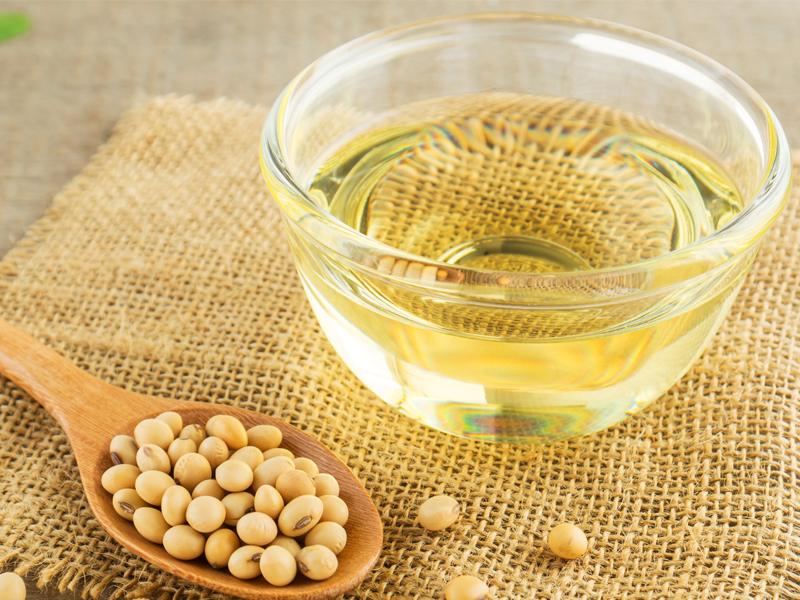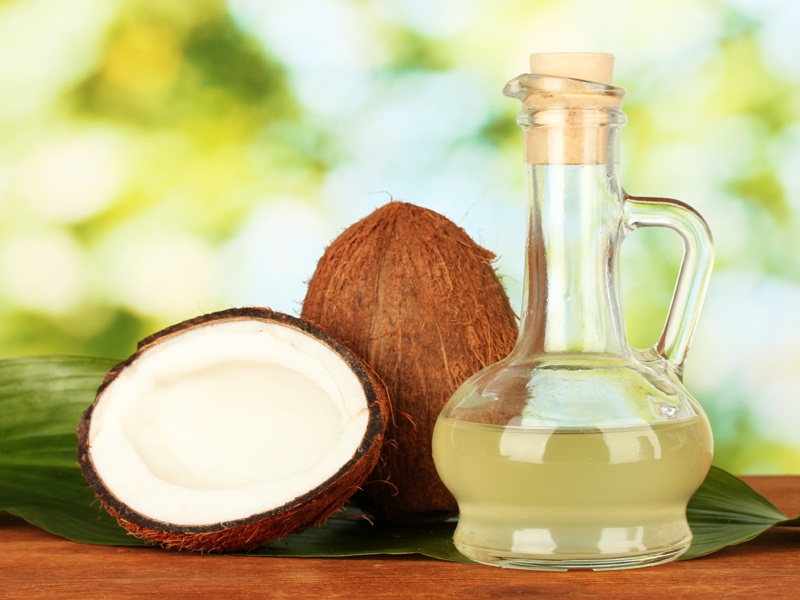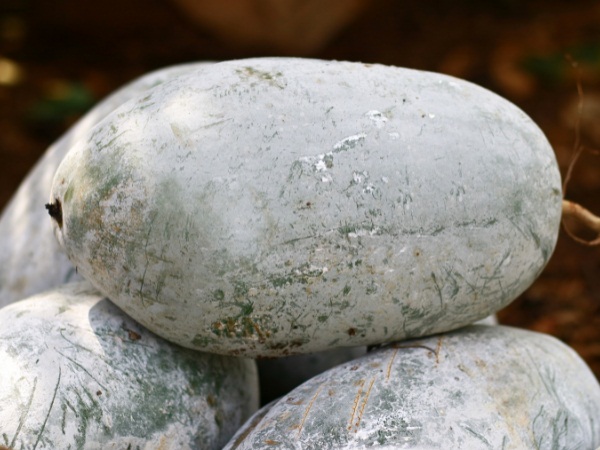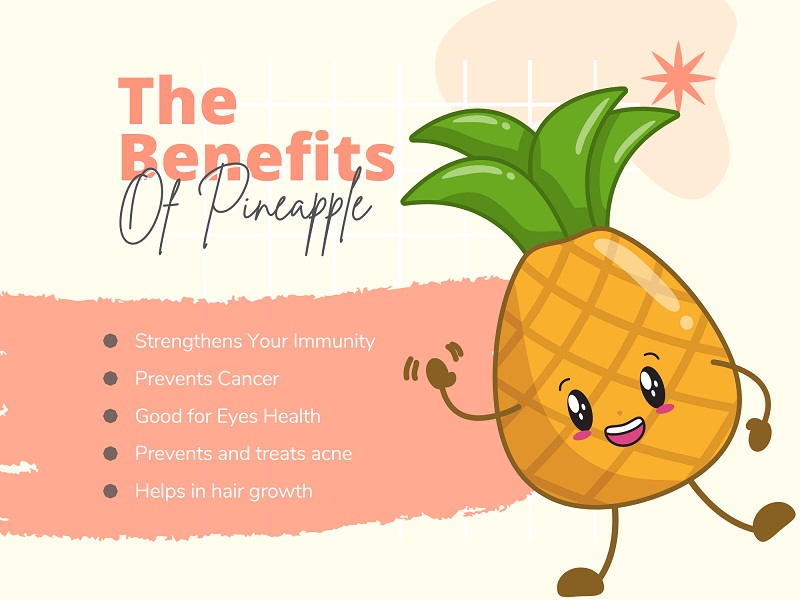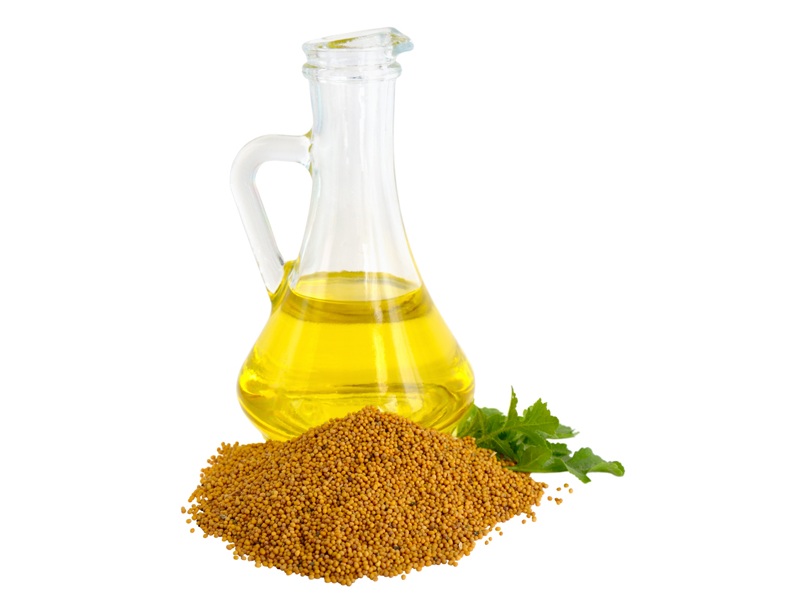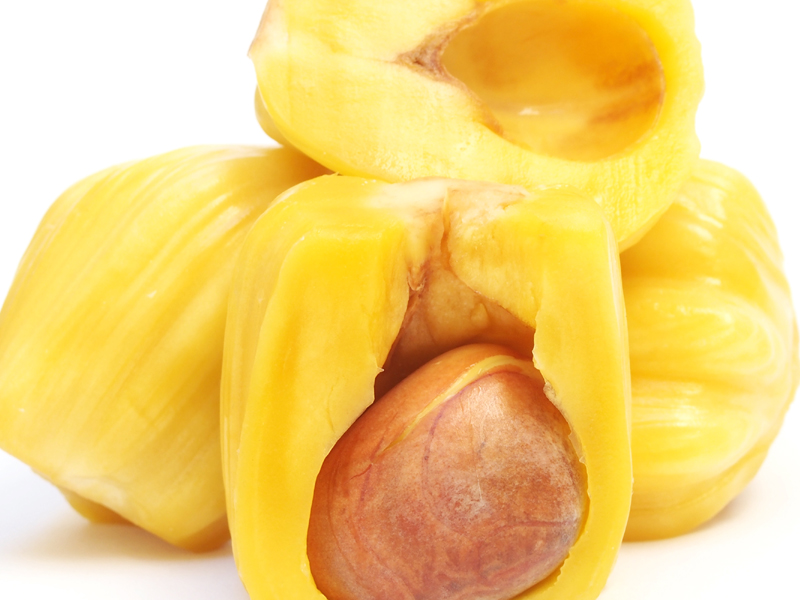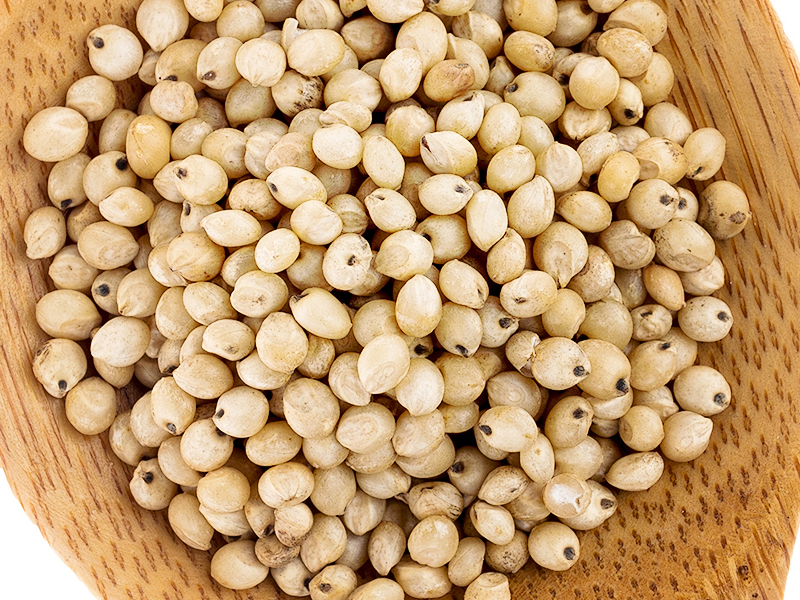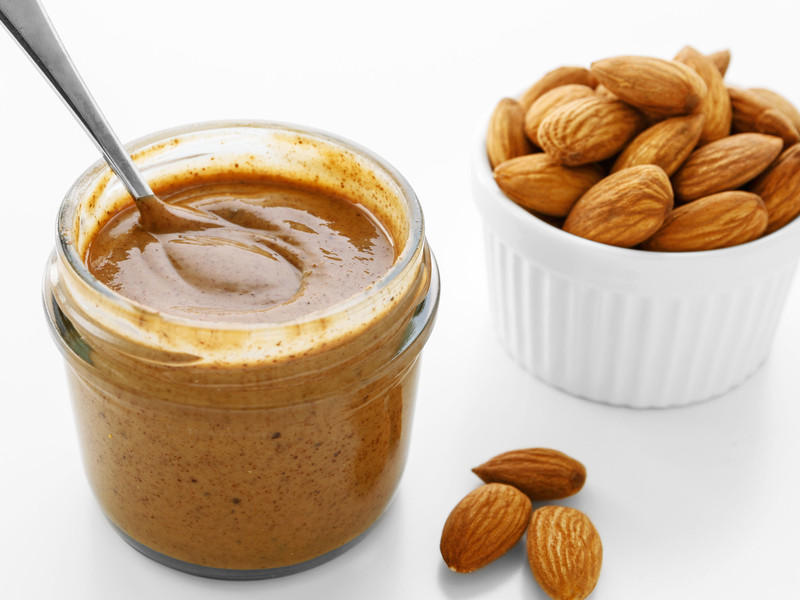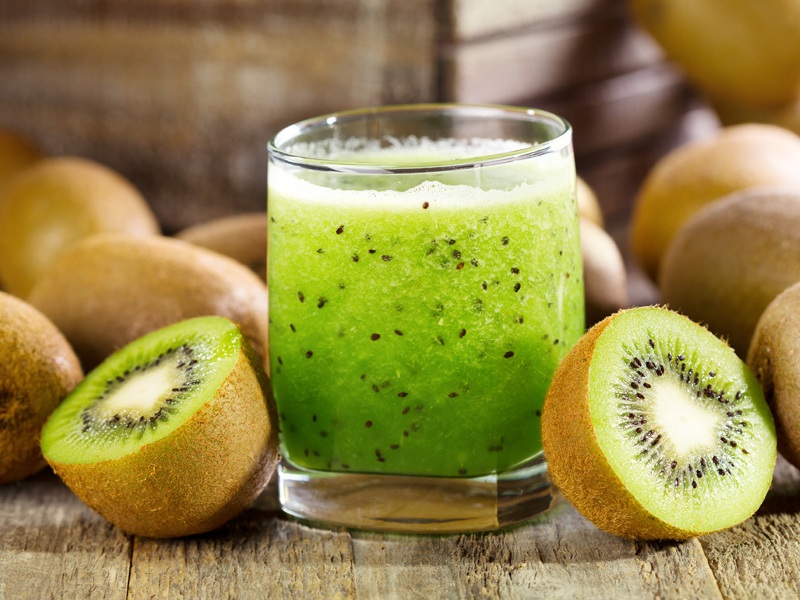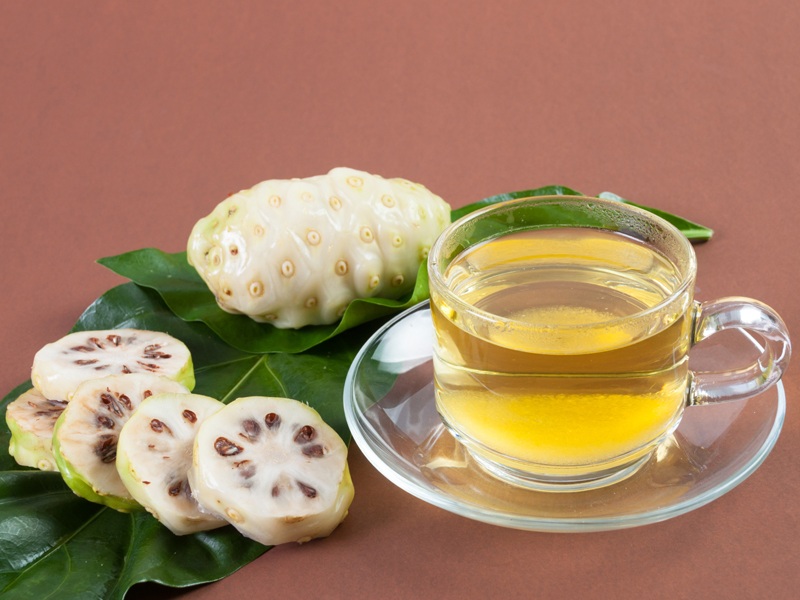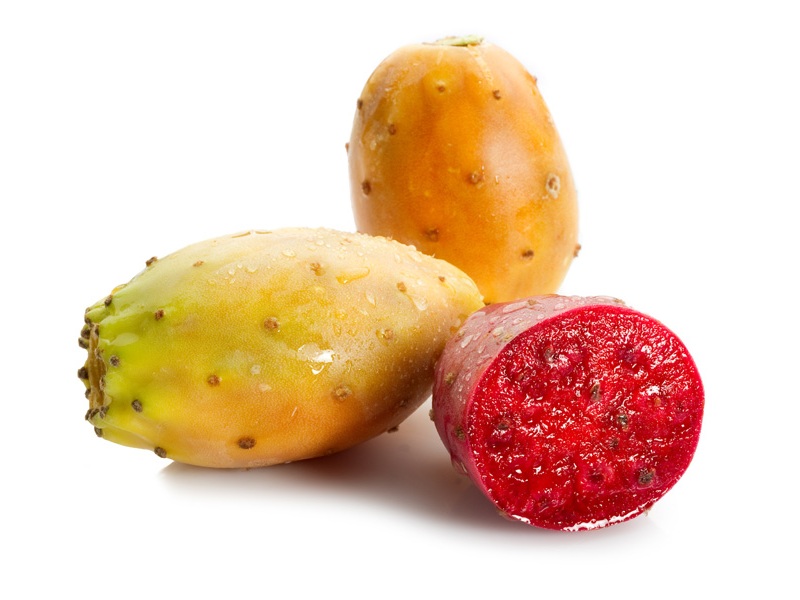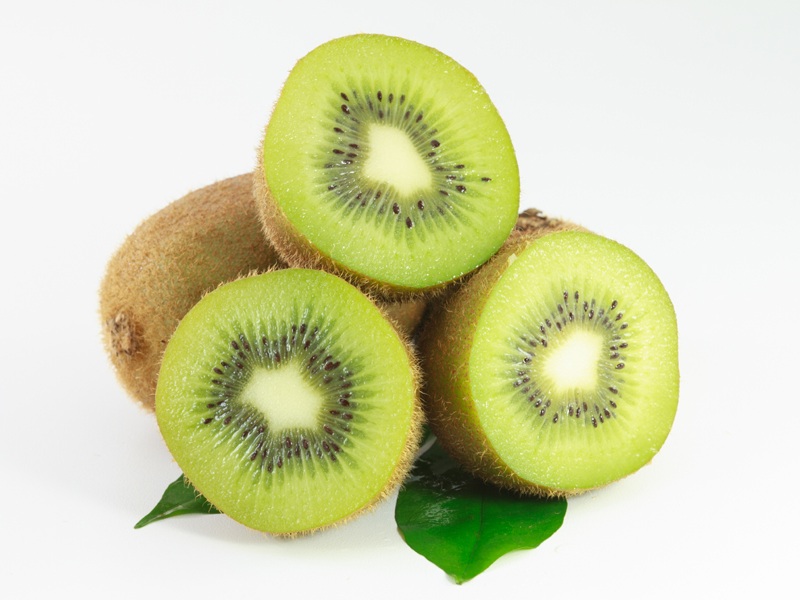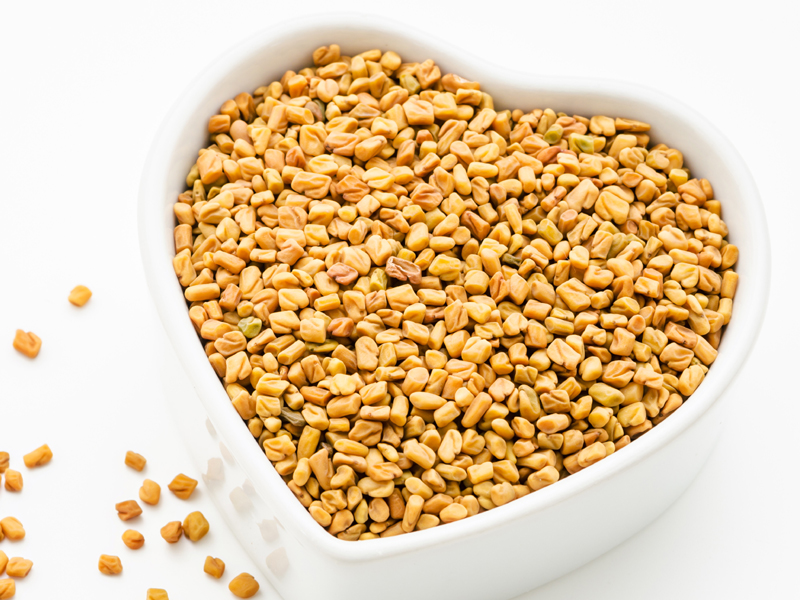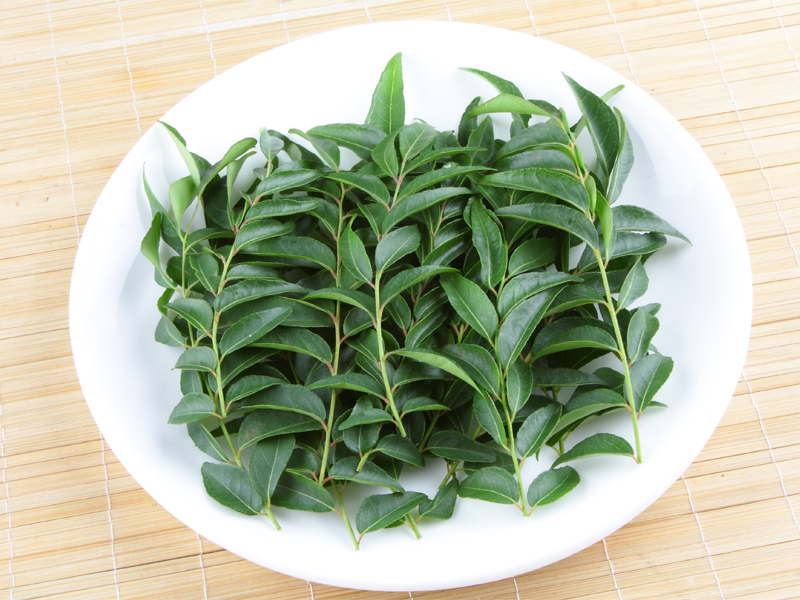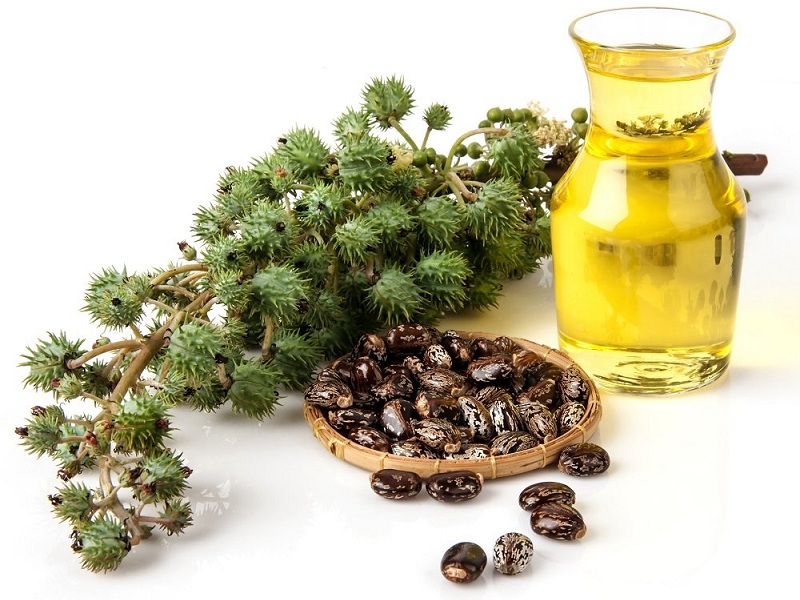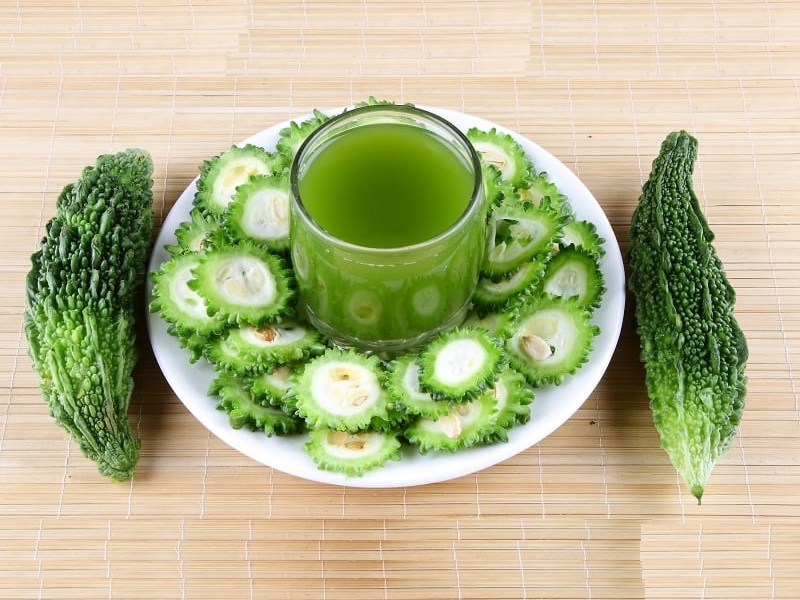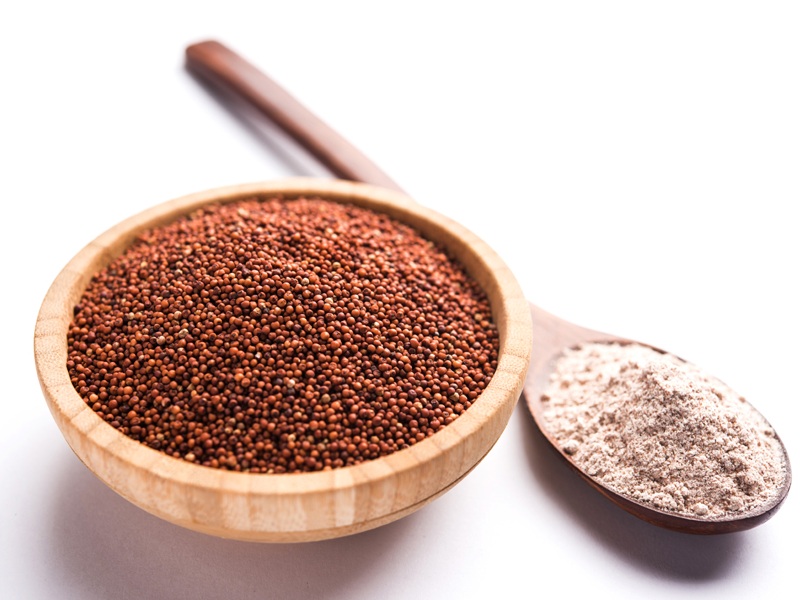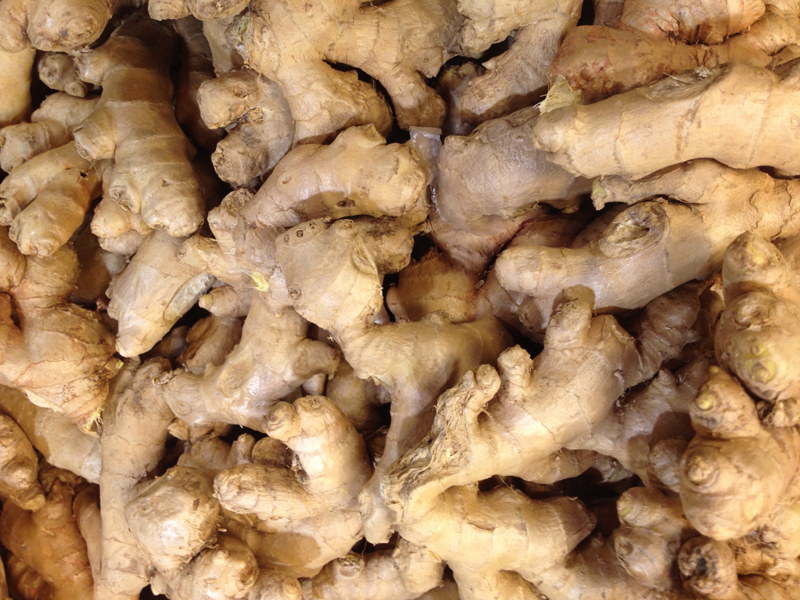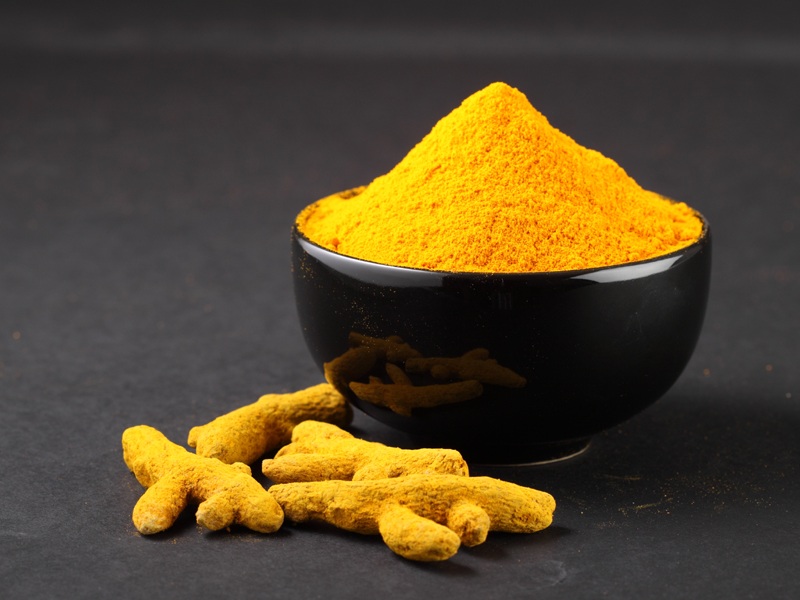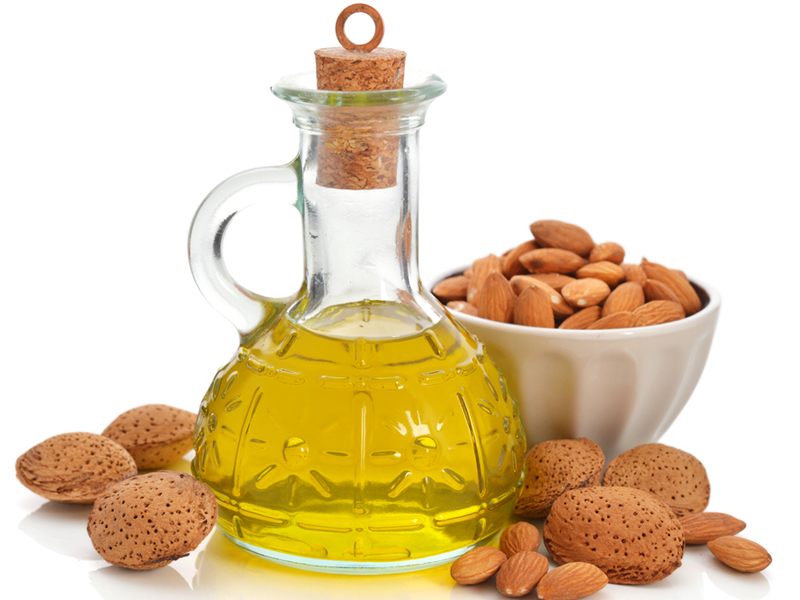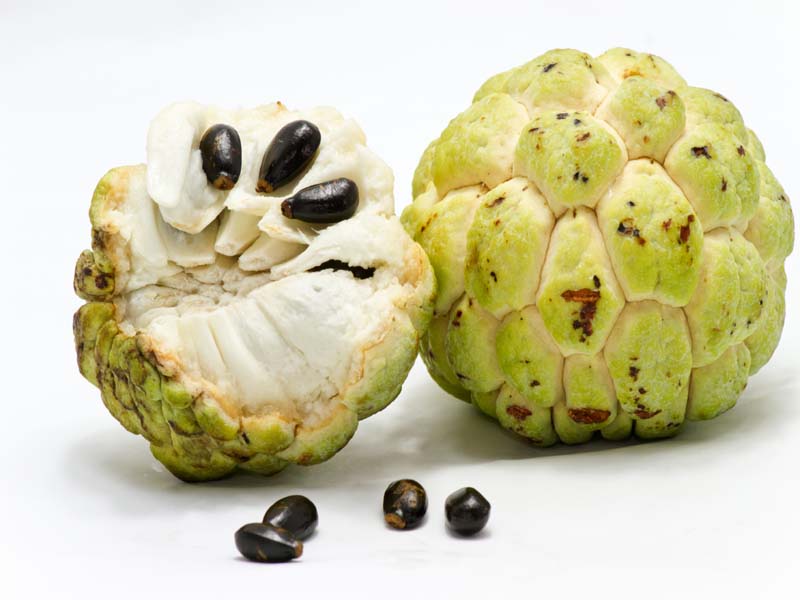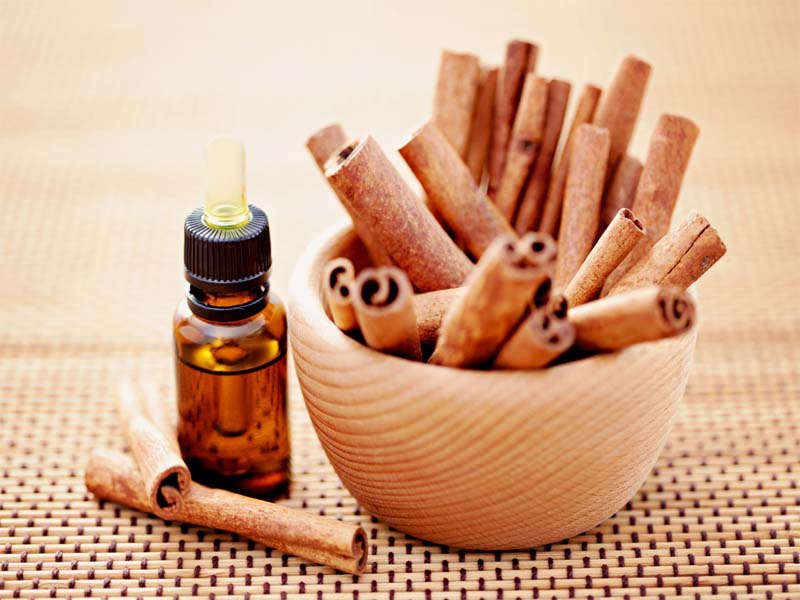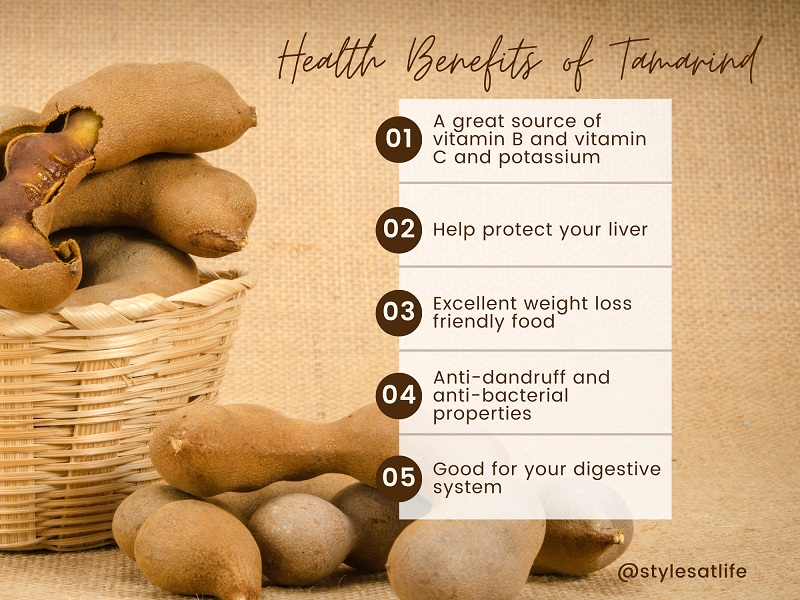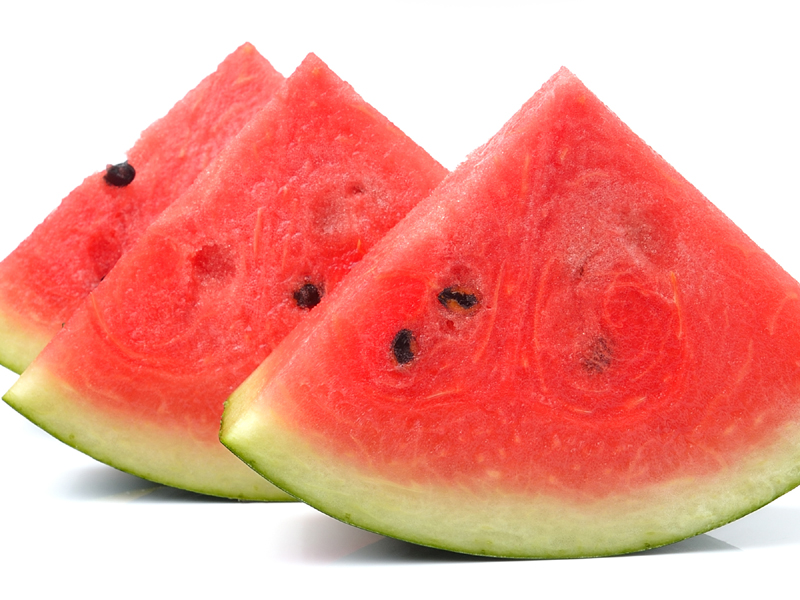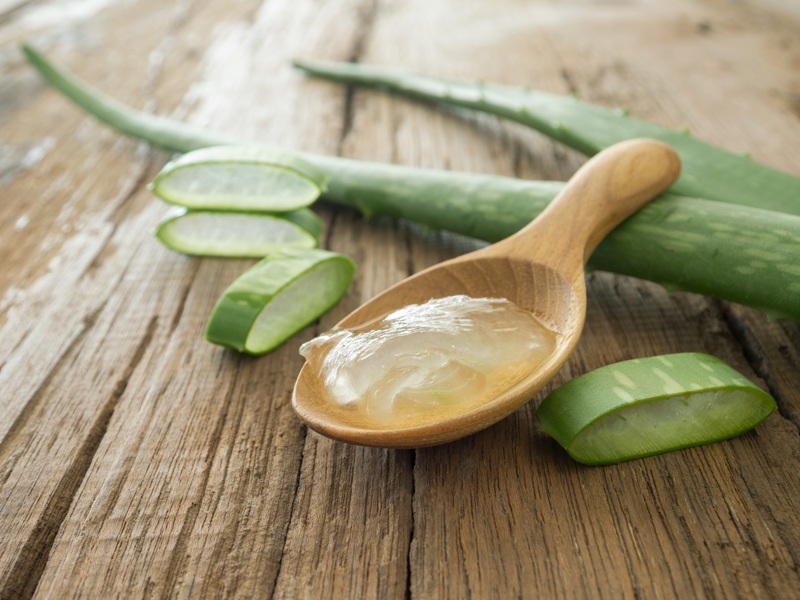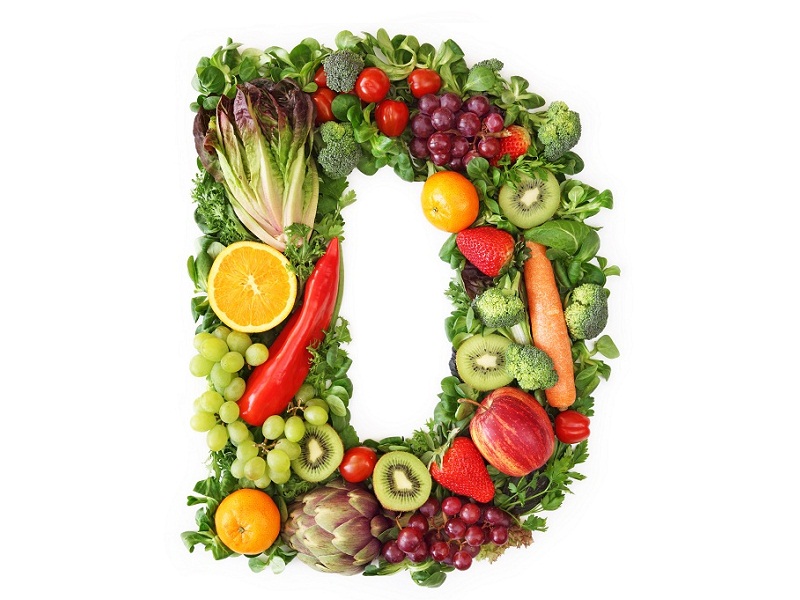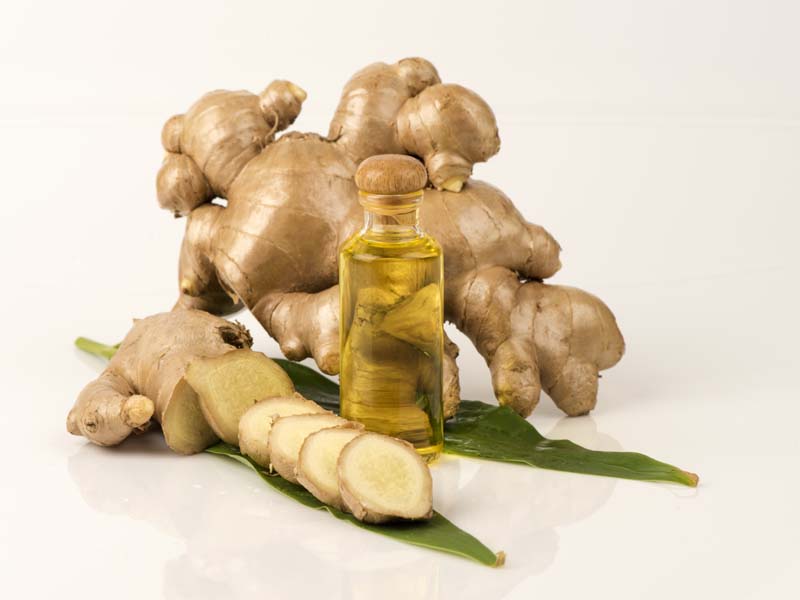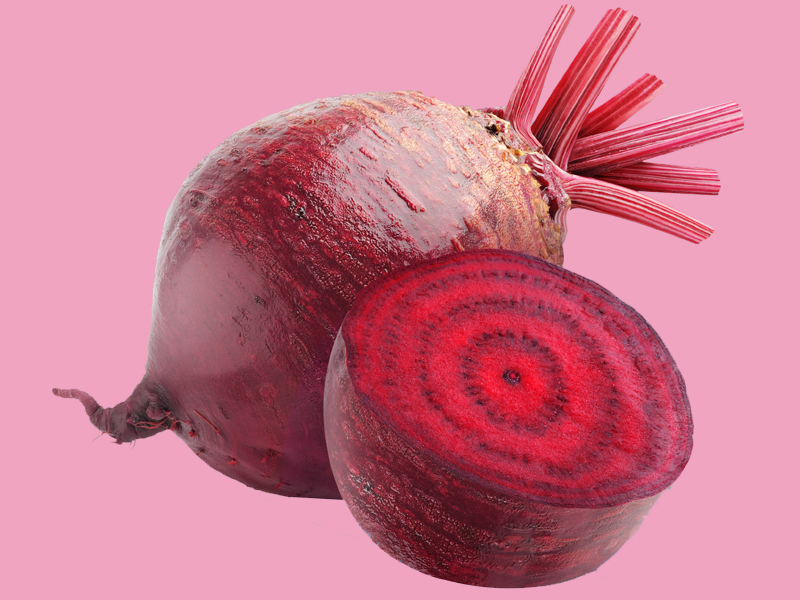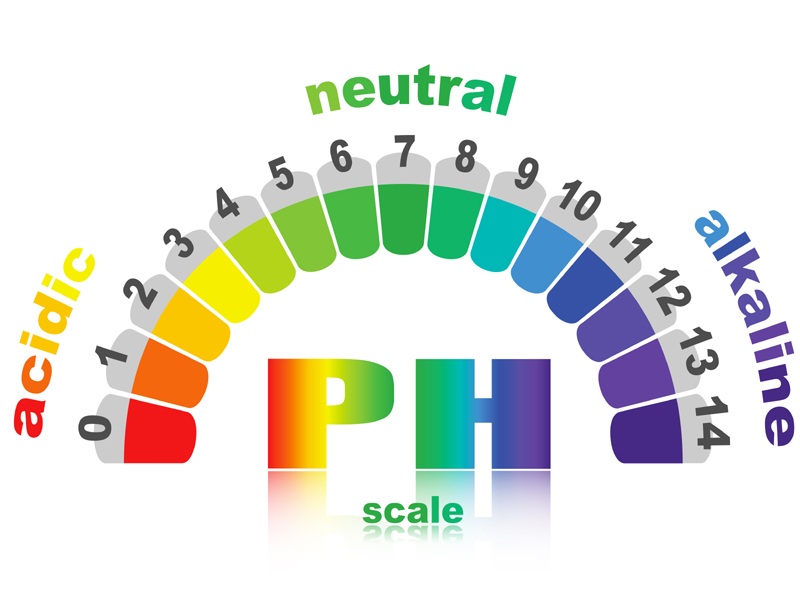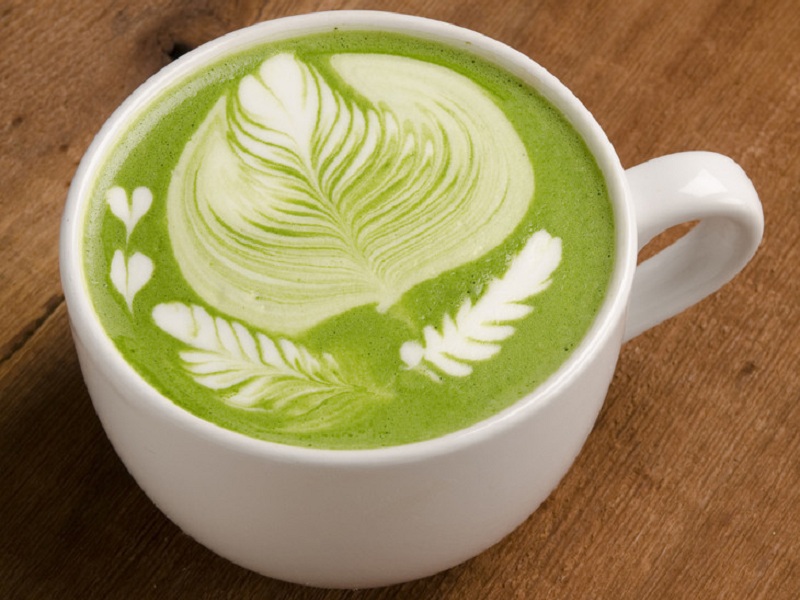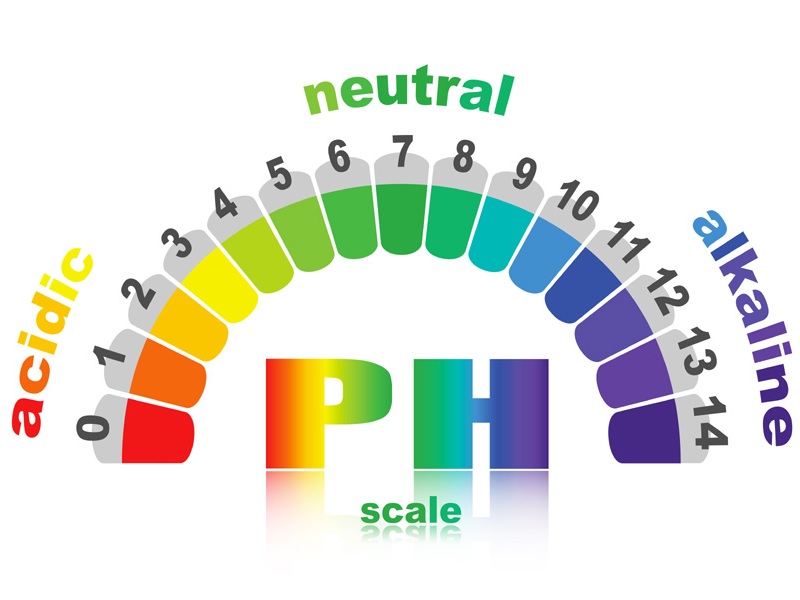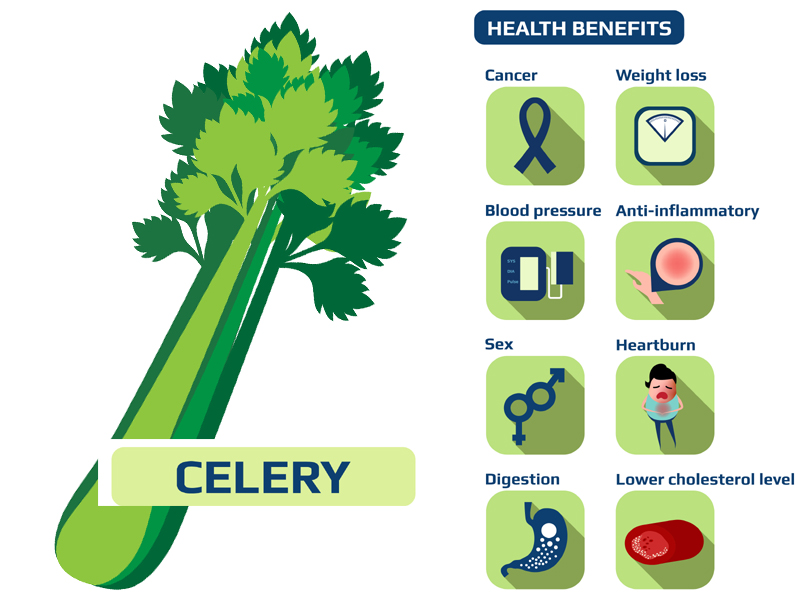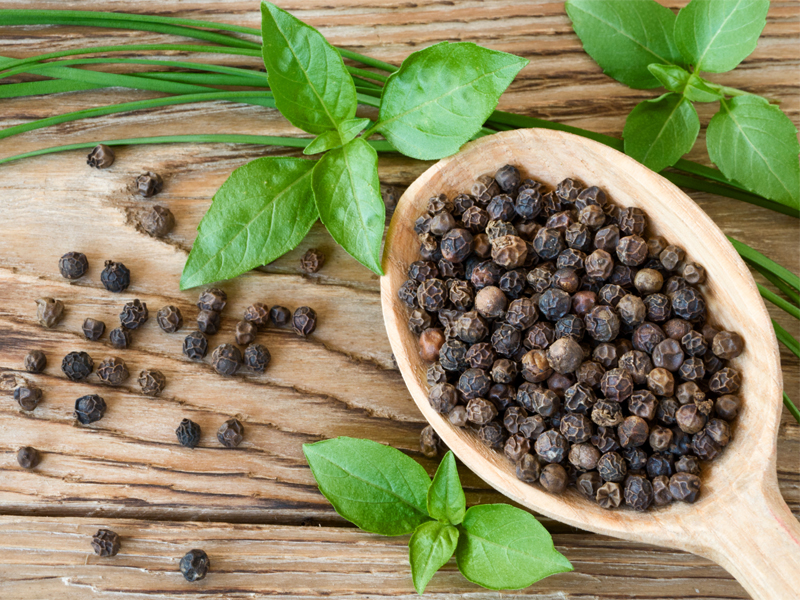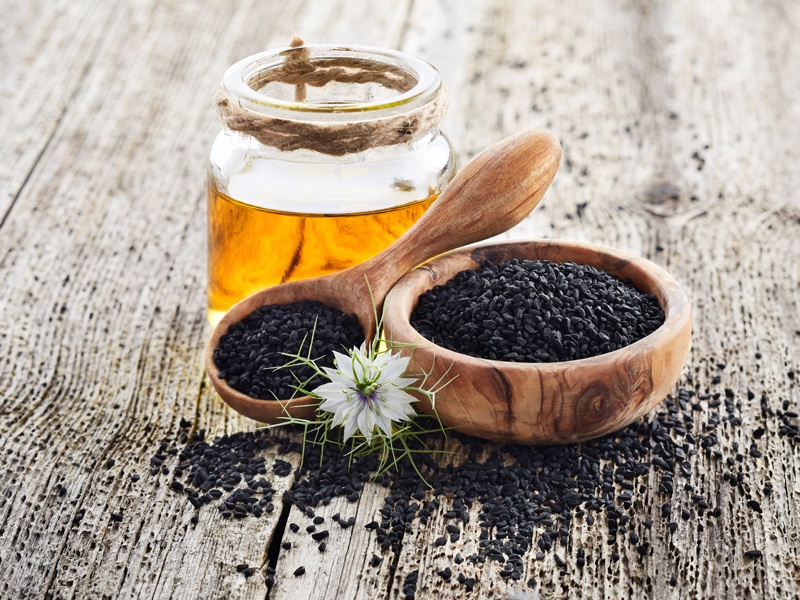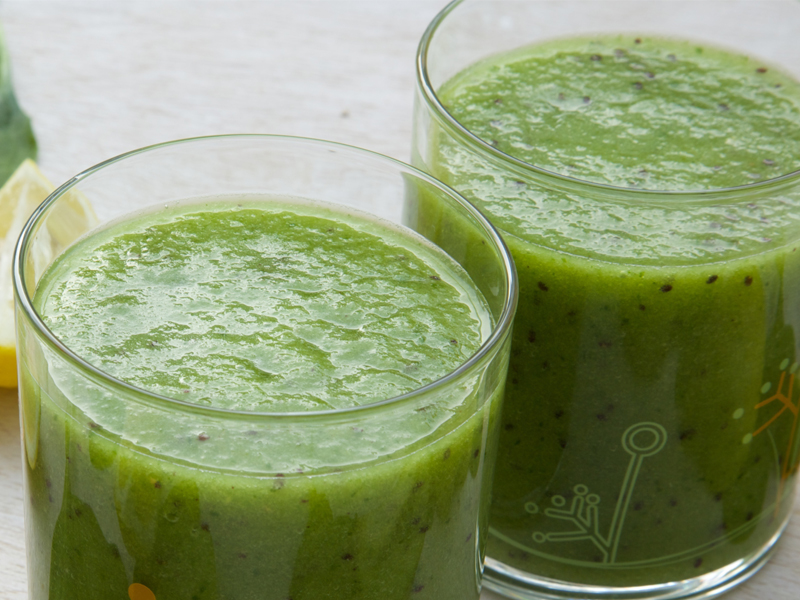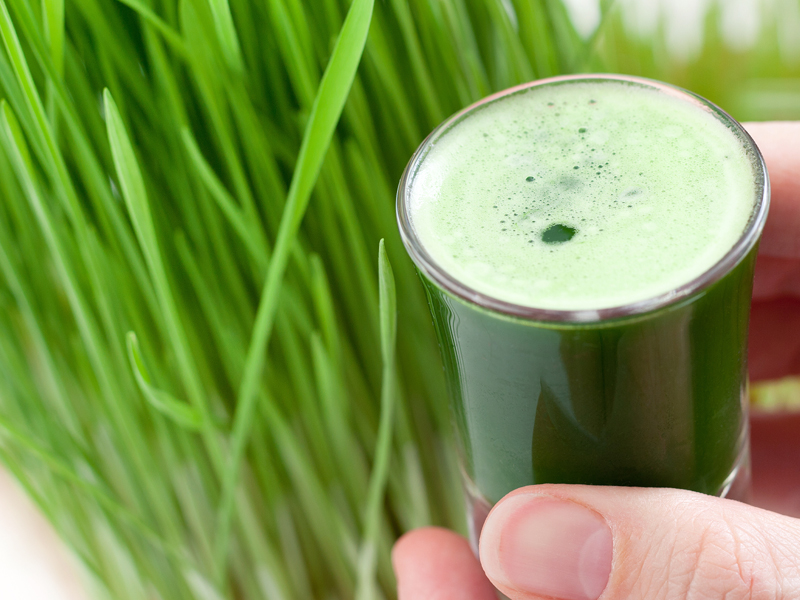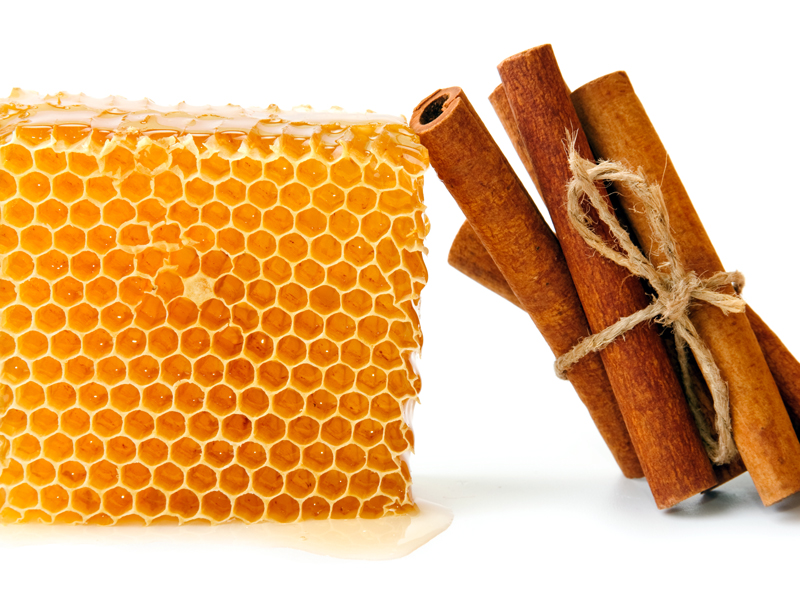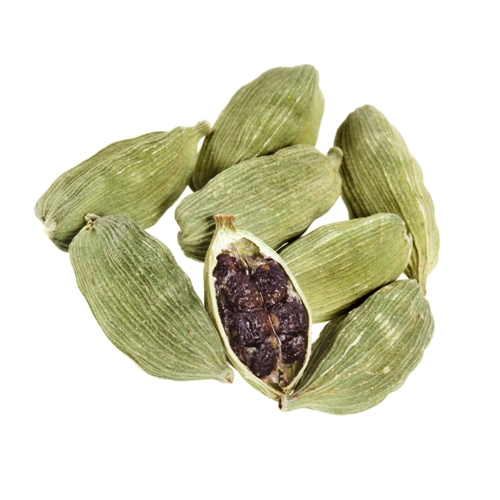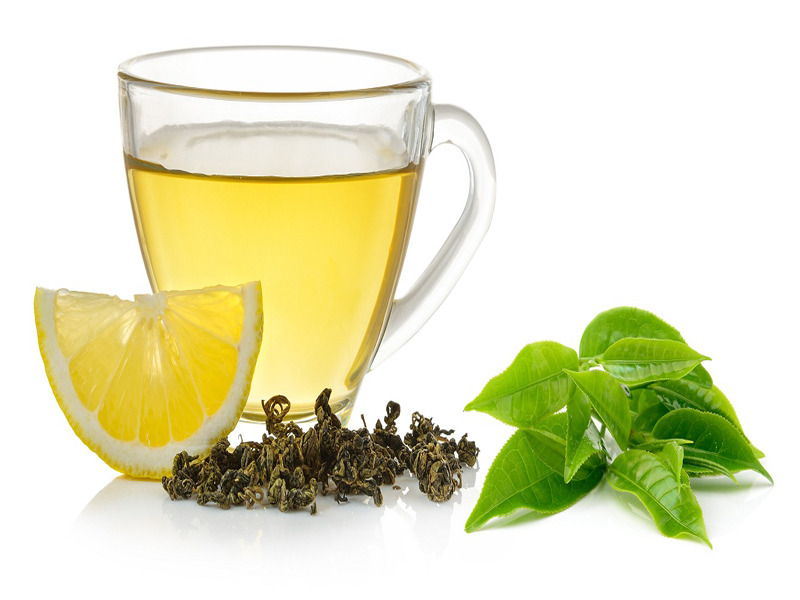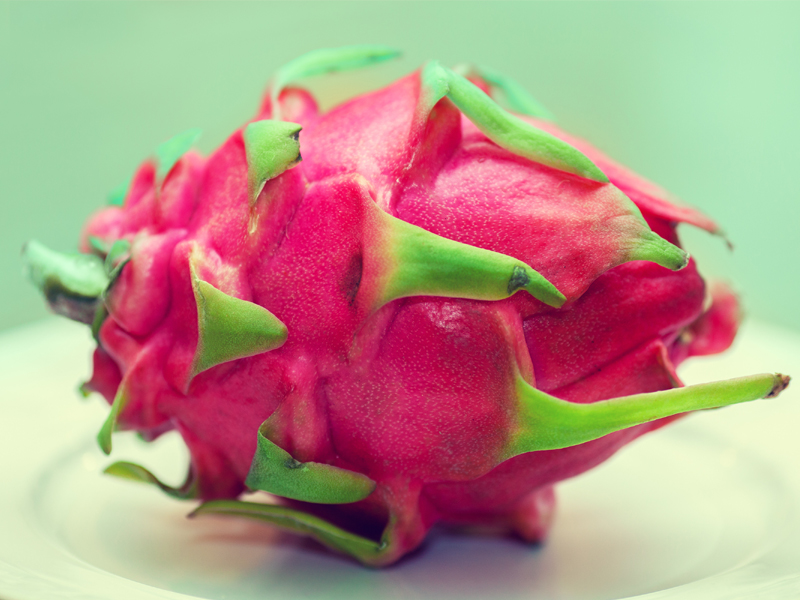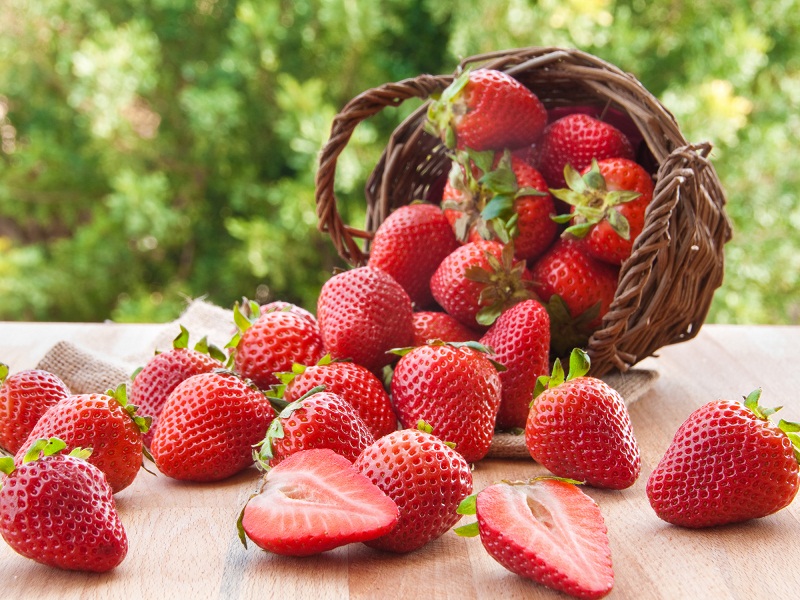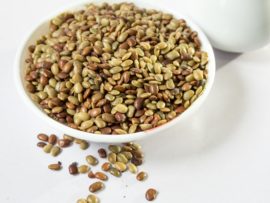Are you under the impression that rice is the only grain option? Not anymore! Quinoa is quickly gaining popularity as a healthy alternative to rice among health enthusiasts. Pronounced as keen-wah or ke-no-ah, it is one of the world’s popular health foods that offer tremendous health benefits. Belonging to the amaranth family, Quinoa is a flowering plant that produces edible seeds.
What is Quinoa? And its Types:
Botanically speaking, Quinoa is a pseudo-grain and no a grain. It is considered so because Quinoa has all the nutrients you can find in cereal grains and is eaten the same way. Quinoa is a relative of spinach and beets and is the seed of the goosefoot plant. When cooked, the composition of Quinoa is similar to rice or wheat and is gluten-free.
The different types of Quinoa available are:
- White Quinoa.
- Red Quinoa.
- Quinoa flakes.
- Black Quinoa.
- Quinoa flour.
Nutritional Value of Quinoa:
Quinoa is an excellent source of all the nine essential amino acids and a complete source of protein. It also has the necessary minerals and fiber that are essential for the health of your body.
One cup of Quinoa contains:
- Calories- 222.
- Fat- 4 grams.
- Fiber- 5 grams.
- Protein- 8 grams.
- Manganese- 2 milligrams.
- Magnesium- 118 milligrams.
- Folate- 78 micrograms.
- Phosphorus- 281 milligrams.
- Iron- 8 milligrams.
- Copper- 4 milligrams.
- Thiamine- 2 milligrams.
- Zinc- 2 milligrams.
- Riboflavin- 2 milligrams.
- Selenium- 2 milligrams.
- Potassium- 318 milligrams.
- Vitamin E- 2 milligrams.
Proven Quinoa Health Benefits:
Whether to treat digestive issues like constipation or lose weight healthily, you can count on Quinoa as it has high amounts of fiber. In addition, it can work wonders for skin and hair health as it contains antioxidants. Let us go through the Quinoa benefits in detail.
1. Good Source of Gluten-free Protein:
New allergens are arising every day, and people searching for gluten-free food are increasing rapidly. If you are looking for a gluten-free food source to include in your diet, Quinoa is a beneficial and ideal choice.
Quinoa is one of those naturally gluten-free ingredients that exceptionally increase your diet’s nutrient value and antioxidants. But, unfortunately, consuming gluten-free foods made from refined starches creates problems that are no better than junk food.
So, instead of refined tapioca, potato, corn, and rice flour, using Quinoa will dramatically increase your diet’s antioxidant and nutrient value (1).
2. High in Protein and Well-balanced Essential Amino Acids:
The high amounts of protein and well-balanced essential amino acids in Quinoa benefit your overall health, making it an excellent protein source for vegetarians and vegans. Amino acids are the building blocks of protein, nine of which are essential, but your body cannot produce the essential amino acids, and you need to obtain them through diet. For example, Quinoa is considered a complete protein containing nine essential amino acids (2).
See Also: You Need to Know About the Benefits of Millet
3. High in Fiber:
The fiber content in one cup(185 grams) of Quinoa is 5018 grams which is much higher when compared to other grains. Depending on their age and sex, this amount equates to at least 16% of a person’s daily requirement (3).
By consuming enough fiber, you can reduce the risk of several health conditions, including constipation, high cholesterol, high blood pressure, and diverticulosis. So, include Quinoa in your diet and reap all the benefits.
4. Help People with Diabetes:
If you have diabetes, whole grains like Quinoa can be very beneficial. Consuming Quinoa helps prevent chronic conditions and diabetes-related weight gain as it is high in fiber and doesn’t let the blood sugar levels rise.
Consuming food with a low glycemic index is a part of living with diabetes, and Quinoa comes under that category. Quinoa controls blood sugar levels as it contains all the amino acids to make protein, unlike most other grains.
Quinoa allows the blood sugar to be more stable as it is a complex carbohydrate and such carbohydrates break down slowly (4).
5. Heart Health:
Quinoa is considered a wonder food for your heart as it has a good amount of soluble fiber, which produces a jelly-like substance that’s excreted in your bowels when it combines with the bile acids in your liver. Your liver makes these acids by pulling cholesterol from your blood when the stores are depleted.
In short, Quinoa helps reduce the risk of atherosclerosis and coronary heart disease by lowering harmful cholesterol levels. Twenty-five percent of fatty acids present in Quinoa comes in oleic acid, and it is a heart-healthy monosaturated fatty acid (5).
6. Support Healthy Digestion:
Healthy digestion is one of the significant benefits of eating Quinoa as it is a rich source of fiber. Fiber stimulates the walls of your digestive tract by adding bulk to the food churning in your stomach. This process promotes better absorption of nutrients in the small intestine, preventing constipation in the large intestine.
Quinoa has thiamin which is a B vitamin that aids digestion by producing hydrochloric acid. It also helps develop the cells lining in the walls of the digestive tract as Quinoa contains Riboflavin. It also contains glutamic acid, an amino acid that helps maintain the stomach’s mucosal lining.
7. Better Option for Weight Loss:
Making proper changes in your diet and a regular workout session play a prominent role in losing weight healthily. Quinoa is a seed best suited for a well-disciplined diet making it an ideal choice for weight loss.
Quinoa is high in fiber, and a significant part of it is insoluble compared to many other grains and seeds. One cup of Quinoa seeds aids in weight loss as per studies because it contains 2.5 grams of soluble fiber (6).
According to research, Quinoa has 20-hydroxyecdysone that makes some people absorb less fat from their diet and helps sid weight control by helping burn more calories (7).
8. Metabolic Health:
Yet another Quinoa health benefit is metabolic health as it has ample amounts of necessary nutrients. When consumed regularly, Quinoa helps reduce your appetite significantly, thereby improving your metabolism efficiently. So, adding Quinoa to your diet can be a healthy way to maintain your metabolic health (8).
9. High in Antioxidants:
Quinoa is an excellent source of antioxidants in a gluten-free diet compared to other grains, including potato flour, corn, or rice. Quinoa also helps lower the risk of coronary heart disease, several eye disorders, and cancers as it contains Vitamin E, an antioxidant compound (9).
10. Easy to Incorporate Into Your Diet:
Whatever the food or its benefits, adding it to your diet needs to be convenient. It is easy to incorporate Quinoa into your diet, which might not be a health benefit, but a gift nonetheless.
Although it is essential to rinse Quinoa to rid of saponins before cooking it, it depends on the Quinoa you are using. Washing of the Quinoa is necessary to eliminate the bitter flavour found in the outer layer of the seeds caused by saponins.
However, this step might be unnecessary as some brands sell Quinoa that is already rinsed.
See Also: Ways to Eat Chia Seeds for Health Benefits
Three Easy Quinoa Recipes:
1. Quinoa Upma:
Ingredients:
- One cup of Quinoa.
- One tbsp of oil.
- One cup of shredded carrot.
- One cup of shredded capsicum.
- Half a cup of peas.
- One thinly sliced onion.
- One tbsp of jeera.
- Few curry leaves.
- Salt for taste.
- Two sliced green chillies.
- Two cups of water.
Preparation:
- Wash the Quinoa thoroughly and keep them aside.
- Take a pan, add oil, and jeera till it splutters.
- Now add chilli, curry leaves, and onion and fry until it becomes translucent.
- Add all the shredded vegetables and let it cook for a few minutes.
- Add water and washed Quinoa to it and the required amount of salt.
- Bring the water to a boil and cook the contents for about 15 minutes.
- Cover the food for about five more minutes.
- Garnish with coriander before serving it.
2. Quinoa and Kale Salad:
Ingredients:
- One cup of Quinoa.
- Two cups of water.
- Ten leaves of sliced kale.
- Three tbsp of olive oil.
- Two tbsp of lemon juice.
- One minced garlic.
- One tbsp of Dijon mustard.
- One tbsp of black pepper.
- ½ tbsp of salt.
- One cup of pecans.
- One cup of currants.
- ¾ cup of feta cheese.
Preparation:
- Boil water in a saucepan and add washed Quinoa to it.
- Keep the heat in medium-low and cover the bowl.
- Let the content rest for five more minutes.
- Let the cooked Quinoa entirely after removing the cover.
- Take a bowl, add kale to it.
- Add olive oil, lemon juice, garlic, pepper, salt, and Dijon mustard to it and whisk them thoroughly.
- Add the mixture to the kale bowl until the oil emulsifies into the mix.
- Add the cooled Quinoa, currants, pecans, and feta cheese to the kale and toss the contents well.
3. Vegan Black Beans and Quinoa Recipe:
Ingredients:
- One tbsp of vegetable oil.
- 1½ tbsp of minced garlic.
- One chopped onion.
- ¾ cup of uncooked Quinoa.
- 1½ cup of vegetable broth.
- Two cans of black beans.
- One tbsp of cumin.
- ¼ tbsp of cayenne pepper.
- One cup of frozen corn.
- One tbsp of lime juice.
- Two cans of black beans.
- ½ cup of chopped coriander.
- One ripe avocado (diced).
- Salt and pepper as per taste.
Preparation:
- Wash the Quinoa thoroughly to eliminate the bitter taste.
- Take a saucepan, heat the vegetable oil on medium heat, and stir garlic and onion while cooking for a few minutes.
- Now add the vegetable broth and washed Quinoa to the pan.
- Now add pepper, salt, cayenne pepper, cumin, and bring the contents of the pan to a boil.
- Cover the saucepan and cook it for about 20 minutes while maintaining the heat at a simmer.
- Add frozen corn and lemon juice to the pan, combine the contents and cook it for five more minutes.
- Finally, add chopped coriander, black beans and mix them thoroughly.
- Use chopped avocados as a garnish.
- This dish tastes good, whether cold or hot.
See Also: Good Benefits of Black Rice
Quinoa Side Effects:
We have discussed in detail all the benefits associated with consuming Quinoa. Although it doesn’t have many side effects, Quinoa can cause the following issues if taken in excess.
- Although the fiber in Quinoa is essential in maintaining a healthy digestive system, consuming it in excess can lead to digestive issues like bloating, diarrhea, and gas.
- The saponins present in Quinoa might cause intestinal damage, according to specific sources. So, consult your doctor before consuming Quinoa.
- Quinoa has oxalic acid in varying amounts that might form kidney stones in vulnerable individuals by binding with calcium.
- Consult your doctor before you consume Quinoa if you have a previous history of kidney stones.
Quinoa is a whole grain packed with nutrients, fiber, protein, plant compounds and is a delicious addition to your diet. It adds a variety to your diet with its unique flavour and is easy to incorporate into your diet. Since Quinoa is gluten-free, it is a particularly great option for vegetarians and vegans. So without further ado, add this superfood to your diet and reap all the benefits. Don’t forget to let us know if you found this article helpful.
Disclaimer: The tips and suggestions mentioned in this article are for informational purposes and not a replacement for professional medical advice. It is always safe to consult a doctor or dietician before trying out anything new.
FAQ:
1. What is the recipe to prepare quinoa milk?
Ans: Ingredients:
- One cup of cooked Quinoa.
- Three cups of water.
- Four dates.
- 14 tbsp of cinnamon.
Preparation:
- Place the cooked Quinoa and water in a blender and blend them thoroughly.
- Use a cheesecloth to strain the liquid.
- Now place the liquid in a blender and add the cinnamon and dates to it.
- Blend them smoothly. Your Quinoa milk is ready.
2. How can we get rid of the bitter taste from some Quinoa?
Ans: Saponins are the chemicals that result in natural bitterness in Quinoa. You can rinse the seeds vigorously in a mesh strainer to remove the bitterness from the seeds. Several brands sell prewashed Quinoa in the market.
3. Is it safe to consume raw Quinoa?
Ans: If the Quinoa is soaked and sprouted, you can consume Quinoa raw. But it is much safer and better if you cook them, as recommended by certain experts.












